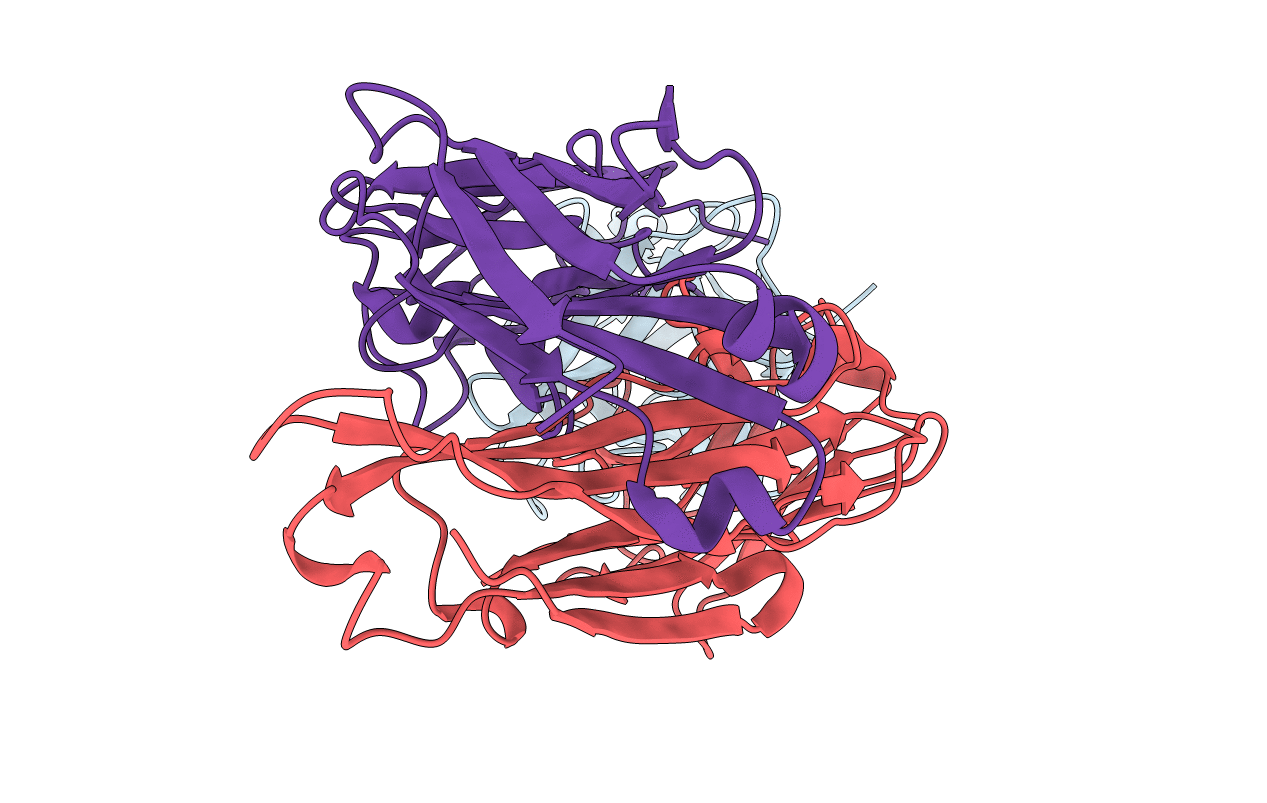
Deposition Date
2012-07-19
Release Date
2012-12-19
Last Version Date
2024-10-30
Entry Detail
PDB ID:
4G6M
Keywords:
Title:
Crystal structure of human IL-1beta in complex with therapeutic antibody binding fragment of gevokizumab
Biological Source:
Source Organism:
Homo sapiens (Taxon ID: 9606)
homo Sapiens, Mus musculus (Taxon ID: 9606, 10090)
homo Sapiens, Mus musculus (Taxon ID: 9606, 10090)
Host Organism:
Method Details:
Experimental Method:
Resolution:
1.81 Å
R-Value Free:
0.22
R-Value Work:
0.20
R-Value Observed:
0.20
Space Group:
P 21 21 21


